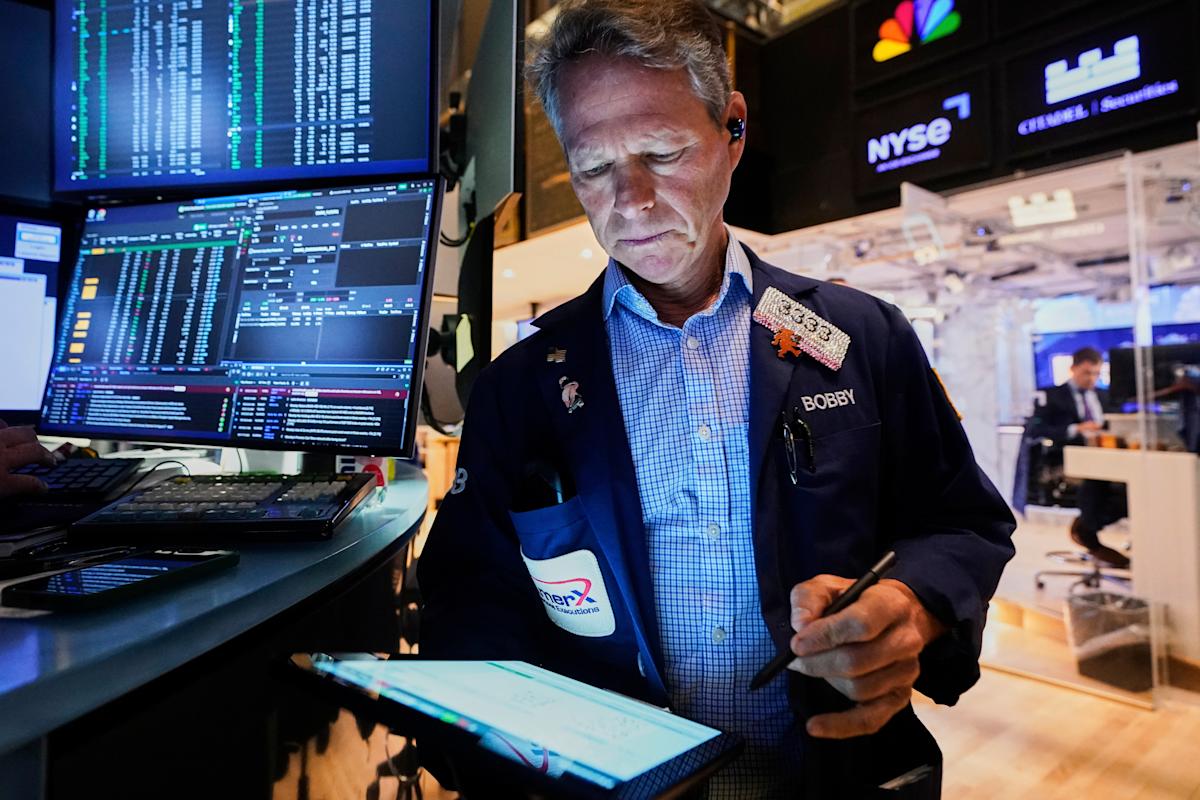The current pulse of the stock market is one of fluctuating dynamics as investors eagerly track developments in the U.S.-China trade talks. Futures for the Dow Jones Industrial Average, S&P 500, and Nasdaq have shown significant volatility, reflecting the market’s sensitivity to international negotiations and economic indicators. This moment comes at a crucial time when market sentiment hangs on the outcomes of these discussions, making it imperative for investors and analysts to stay informed.
On this second day of trade negotiations between U.S. and Chinese officials, the atmosphere is charged with anticipation. Investors are weighing potential outcomes that could either encourage a rally or set the stage for jittery responses in the stock market. The stakes are undeniably high, with the ramifications of these talks extending far beyond the two nations involved. The global economy is closely linked, and decisions made in these negotiations could impact markets worldwide.
Currently, the Dow futures are fluctuating around a narrow range, indicating indecision among investors. Meanwhile, the S&P 500 has managed to consolidate its position, maintaining a three-month high, which reflects general optimism about economic recovery and corporate earnings growth. The Nasdaq, which tracks tech-heavy stocks, has also shown resilience amid these discussions. Companies such as Palantir and Tesla continue to lead the momentum in this sector, providing a positive backdrop to the market sentiment.
In addition to the trade talks, investors keep a keen eye on inflation data set to be released later this week. This context intensifies the importance of the U.S.-China negotiations as inflation rates could influence the Federal Reserve’s approach to interest rates. Upcoming economic indicators are crucial; should inflation be higher than expected, it could lead to tighter monetary policy, impacting stock valuations across the board.
The global financial landscape is further shaped by the implications of these talks. Investors remember that a misstep in negotiations could reignite tensions reminiscent of previous trade disputes, disrupting market stability. On the other hand, a favorable outcome might boost investor confidence, igniting a rally and potentially enhancing economic ties between the two largest economies in the world.
Sentiments in the market swing dramatically as news breaks regarding the discussions. Reports hinting at progress often lead to short-lived spikes in stock prices, while any hint of setbacks or dissatisfaction can quickly reverse those gains. This pattern is evident in the fluctuations observed in futures trading; the markets react not merely to concrete outcomes but also to the perception of the negotiations.
The American economy is at a critical juncture as businesses, large and small, gauge how trade dynamics will affect their bottom lines. Many sectors are impacted profoundly, from technology to agriculture, and the interdependence of economies calls for a careful watch on trade relationships. For instance, tech companies have expressed concerns over tariffs that could impact their supply chains, while agricultural sectors remain wary about access to China’s vast market.
Moreover, the discussions are not happening in isolation; geopolitical tensions and economic policies from both nations affect investor confidence. The historical context of U.S.-China trade relations adds another layer of complexity, making it vital that participants in these talks seek not only immediate solutions but also long-term stability.
The fluctuations in the stock market during this period highlight the inherent uncertainty faced by investors. As market participants sift through varying reports and updates, they often react swiftly, buying or selling based on news cycles. This behavior shapes market trajectories and can contribute to what appears to be erratic movements.
Investors are advised to approach this environment with a balanced mindset. While the temptation to make rapid decisions based on daily fluctuations is high, a more measured approach that considers long-term economic fundamentals may yield more favorable outcomes. Diversification and risk management remain critical strategies in navigating these turbulent times.
As the day progresses and the market responds to unfolding news from the U.S.-China talks, investors are reminded of the volatile nature of the stock market. Futures will continue to reflect market sentiment, influenced by every new piece of information. The realization that fortunes can change at a moment’s notice serves as a cautionary tale for those engaged in trading while keeping a close watch on global events.
In summary, the intersection of trade negotiations, inflation data, and investor sentiment is creating a complex dynamic in the stock market. As the Dow, S&P 500, and Nasdaq futures fluctuate amidst these talks, the market reflects broader economic conditions that depend on the outcome of these negotiations. Investors are left watching intently, hoping for signals that will reassure them of stability and growth in the months ahead. The essence of investing during such times speaks to not only the art of anticipating market movements but also the grounding in sound economic principles.
Source link










